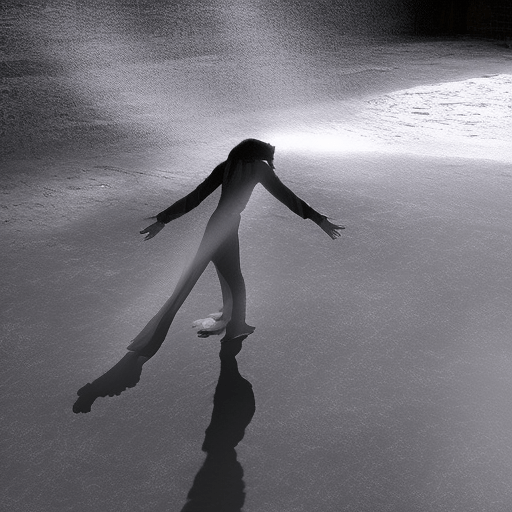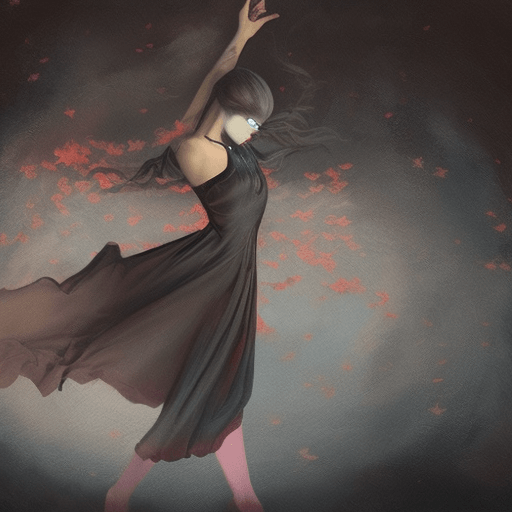The Exorcist by William Friedkin
Summary: A young girl becomes possessed by a demonic entity, leading her mother to seek the help of two priests who perform an exorcism to save her soul.
Main Cast and Crew:
- Director: William Friedkin
- Writer: William Peter Blatty (based on his novel)
- Key Actors:
- Ellen Burstyn as Chris MacNeil
- Linda Blair as Regan MacNeil
- Max von Sydow as Father Lankester Merrin
- Jason Miller as Father Damien Karras
- Music Director: Jack Nitzsche
- Director of Photography: Owen Roizman
- Producers: William Peter Blatty, Noel Marshall
Plot:
In “The Exorcist,” renowned actress Chris MacNeil is shooting a film in Georgetown when her young daughter, Regan, starts exhibiting strange behavior. Regan’s transformation becomes increasingly violent and disturbing, leading Chris to seek medical help. However, after numerous failed attempts to diagnose her condition, Chris turns to the church for assistance.
Father Damien Karras, a young and troubled priest, is assigned to investigate the case. As Regan’s possession worsens, Father Karras seeks the help of experienced exorcist Father Lankester Merrin. Together, they confront the demonic entity that has taken hold of Regan’s body and soul.
The film explores the battle between good and evil as the priests face their own personal demons while attempting to save Regan. The intensity of the exorcism scenes, combined with the psychological struggles of the characters, creates a chilling and thought-provoking narrative.
Themes and Motifs:
“The Exorcist” delves into themes of faith, doubt, and the existence of evil. It raises questions about the nature of good and the power of belief in the face of darkness. The film also explores the vulnerability of children and the lengths a mother will go to protect her child.
Through its use of religious imagery and symbolism, the movie examines the clash between science and religion, rationality and spirituality. It challenges the audience to confront their own beliefs and contemplate the presence of evil in the world.
Reception and Legacy:
Upon its release in 1973, “The Exorcist” was met with critical acclaim and became a cultural phenomenon. It received ten Academy Award nominations, including Best Picture, and won two for Best Adapted Screenplay and Best Sound Mixing. The film’s realistic and shocking portrayal of demonic possession pushed the boundaries of horror cinema, leaving a lasting impact on the genre.
“The Exorcist” is widely regarded as one of the greatest horror films of all time. Its success paved the way for future supernatural horror movies and influenced countless filmmakers. The film’s iconic scenes, such as Regan’s head-spinning and the use of the haunting theme “Tubular Bells,” have become ingrained in popular culture.
Recommendation:
“The Exorcist” is a must-watch for fans of psychological horror and those interested in exploring the depths of human fear and faith. Its gripping storytelling, exceptional performances, and groundbreaking special effects make it a timeless classic that continues to terrify audiences to this day.
Memorable Quote:
Regan MacNeil: “What an excellent day for an exorcism.”
“The Exorcist” is a masterclass in horror filmmaking, combining visceral scares with thought-provoking themes. It remains a benchmark for the genre and a testament to the power of storytelling in cinema.












